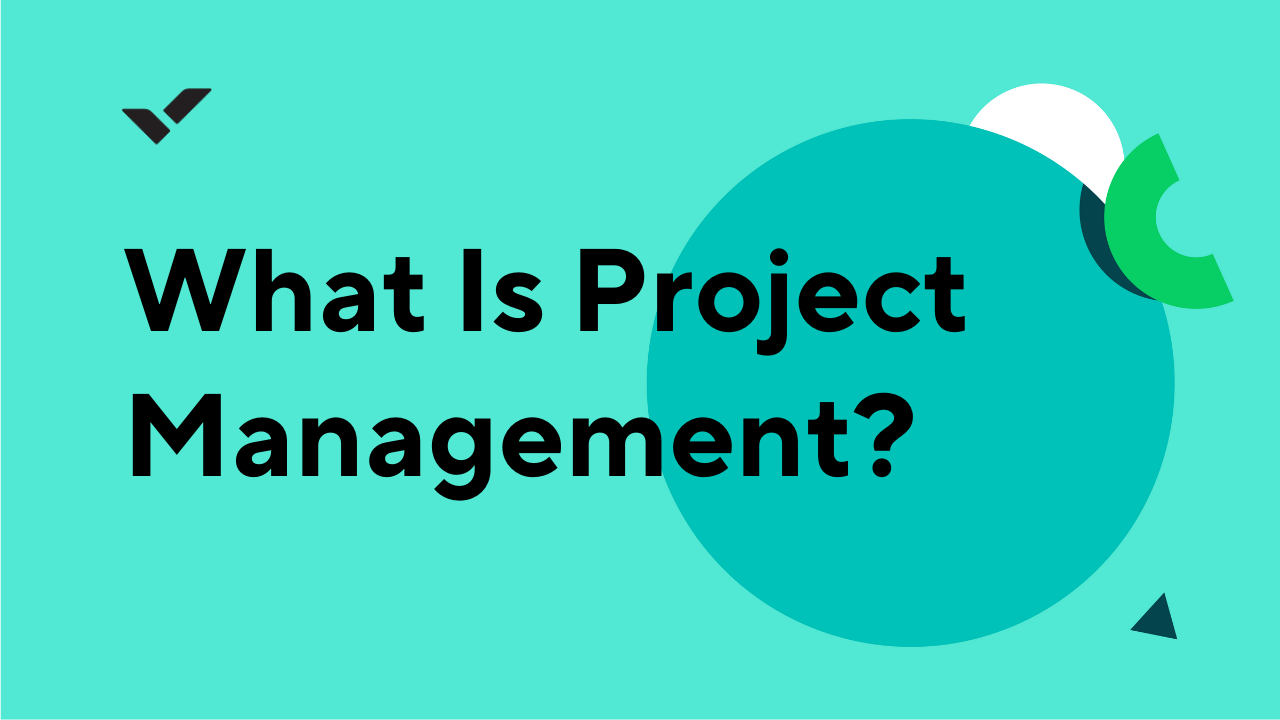What Is Project Management?
In the Wrike Project Management Guide for Beginners, we talk a lot about project management alongside its various strategies, methodologies, and processes. Here, we define what it is and give you key terms as well as a basic overview.
Definition: What does project management mean?
What is project management and how does it help an organization meet its goals? Project management, according to the Guide to the Project Management Body of Knowledge (PMBOK Guide), is the application of skills, tools, and techniques to project activities in order to meet project requirements. It is the act of managing all aspects of a project, from team to tasks to tools. This is why project management is important: without it, you're relegating your project to chance or chaos, neither of which is ideal. But when you engage in it, there are specific processes and practices that must take place in order for it to be successful.
Purpose: Why project management is needed
Why is project management so important? Because nothing ever gets done without first building a project plan, and no project plan gets executed without the proper environment or the proper processes. Project management is the action that helps create and execute that project plan. It applies managerial and interpersonal skills to the process of successfully bringing a project from conception to completion, according to stated requirements.
Context: What you need to know about project management
What does project management entail? Here we tackle the context of project management:
Project processes
Projects are done using processes — which are defined as "actions that bring about results." And because the PMBOK guide recognizes 47 different project management processes, it is easier to group them into five basic process groups and 10 knowledge areas that typical projects have. You can find out more about these in our methodologies section.
Project management phases
Project management is done in phases, in order to improve control and quality. This means a large project is broken down into more manageable stages, each with a specific deliverable, and done in a specific sequence. Typically, at the end of each phase, a review is conducted on the deliverable as well as the performance of the project team. This helps the team ascertain whether the project proceeds to the next phase or undergoes revision. It also determines how to improve the performance of all involved.
Project life cycle
Collectively, all the phases of a project make up the project life cycle. There are many different project phases and types of project life cycles, depending on the industry and the particular project. A project life cycle for software development, for example, would be vastly different from one for construction. For more on the project life cycle, check out our dedicated section.
Project stakeholders
Project management actively involves individuals and even organizations whose interests are affected by the project. These are called project stakeholders. Managing stakeholders is one of the key skills that a project manager needs.
Process: How does project management work?
The project manager, alongside team members and key stakeholders, draw up the entire project plan, which identifies objectives and clarifies scope and budget. These items are then executed by project team members in a collaborative, often iterative process that allows for changes and improvements. Project managers must employ general management skills to facilitate project work. Skills that come into play here include: strategic planning, accounting, communication, research and development, organizational behavior, time management, plus the multitude of managerial soft skills pertaining to leadership, motivation, and conflict resolution.
If you're asking "what does project management involve?", here are some of the more typical events that a project goes through:
- Kick-off meeting: Tell the team the goals and high-level objectives, lay out what details you have
- Stakeholder analysis: Find out who will be most affected by the project so they can be consulted
- Project scope definition: Identify all requirements, deliverables, and scope
- Work Breakdown Structure (WBS): Divide the project phases into manageable chunks of work that can be more easily handled
- Risk management planning: Identify and plan for the most probable risks that a project may hit within the project life cycle
- Project review: Debriefing at the close of a project in order to glean lessons that can be added to the organization's knowledge base or best practices
Further reading
Check out all the project management blog posts in the Wrike blog.
Project Management Methodologies


Artem Gurnov
Artem is a Director of Account Development at Wrike. He previously held the role of Project Manager, overseeing a team of customer success managers (CSMs). Over the years of building teams and scaling business processes, he has successfully deployed multiple projects, from automating client outreach to setting up work prioritization tools for sales reps and CSMs.


